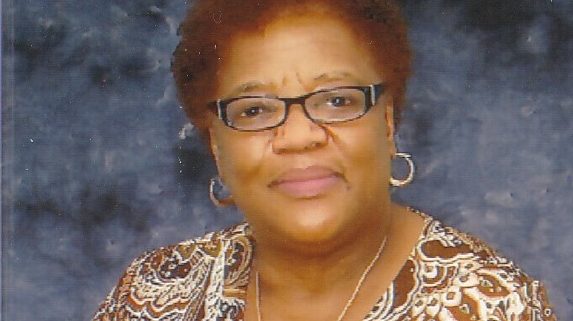Opinion: The Quebec Human Rights Commission Is Too White
Opinion: The Quebec Human Rights Commission Is Too White
By Yvonne Sam (Chairman of Rights and Freedoms Committee at BCRC)
The Quebec Human Rights and Youth Rights Commission has come under harsh scrutiny, following the hiring of a senior manager in its Investigation Division. The Commission has failed to diversify its senior management personnel, with almost no managers from racial minority backgrounds and no Anglophones. Now, front and center of conversations, are the concerns about this displayed inability of the Commission to practice what it preaches, especially as it refers to employment.
From its inception in 1976, the Human Rights Commission was constituted under the Charter of Human Rights and Freedom to ensure that Quebec’s laws, by-laws, standards and institutional practices, both public and private, comply with the Charter, which prohibits discrimination based on race, colour, ethnic or national origin and religion in the exercise of human rights and freedoms.
The organogram organizational chart of the Human Rights Commission shows that starting from the very top and with virtually no stop, diversity is totally disregarded. Both vice presidents, Camil Picard (Acting President) and Philippe-André Tessier, are Francophones and white. The same is true for 12 out of 15 senior managers.
Completing the landscape is an unprecedented absence of Indigenous and racialized Anglophones, which further serves to impair the decision making process.
Meanwhile, political uproar surrounded the appointment of the Commission’s first Black president, Tamara Thermitus, currently on sick leave since last fall. Before becoming head of the Quebec Human Rights Commission she found herself at the center of growing controversy as both parties in the National Assembly objected to her appointment, claiming that she was too “multiculturalist” and much too close for comfort to Dominique Anglade, Liberal Economy, Science and Innovation Minister who also shared her roots.
One is left with a troubling sense that the principal agency tasked with ensuring diversity is the one doing the least effective work. Another aspect of the problem may be that the true meaning of diversity in Quebec has not been fully understood where it matters most.
“It is time for the Quebec Human Rights Commission to look in the mirror, and cease the denial before they find themselves on trial.”
To juxtapose the current situation and place it in its correct perspective, the judicial system also displays a glaring lack of diversity. Of the more than 500 judges operating at different levels in the courts of Quebec, only three are black.
Considering the fact that at the level of the Commission decisions are made daily, the majority of which have a profound and long lasting impact on the lives of visible minority individuals, it’s important that diversity is reflected in the makeup of those who occupy the role of judge and listener. Plainly put, powerful institutions must or should reflect the society they serve.
In order to cultivate an arena of legitimacy in the eyes of the citizenry, Premier Philippe Couillard was called upon to give thoughtful and deliberate consideration to racial and linguistic diversity, and Anglophone and minority representation when filling existing vacancies, such as at the Human Rights Commission.
It is time for the Quebec Human Rights Commission to look in the mirror, and cease the denial before they find themselves on trial. All that is being asked is to carry out their mandated task by practicing what they preach.
This plea has sadly fallen on deaf ears as the task of creating and maintaining diversity has fallen to those who are themselves considered “diverse.” A leopard cannot change its spots and it is difficult to teach an old dog new tricks.
Originally Published in Huffpost February 2, 2018. http://www.huffingtonpost.ca/yvonne-sam/the-quebec-human-rights-commission-is-too-white_a_23346680/
For Full Version of Semaji February 2018 Click Here




